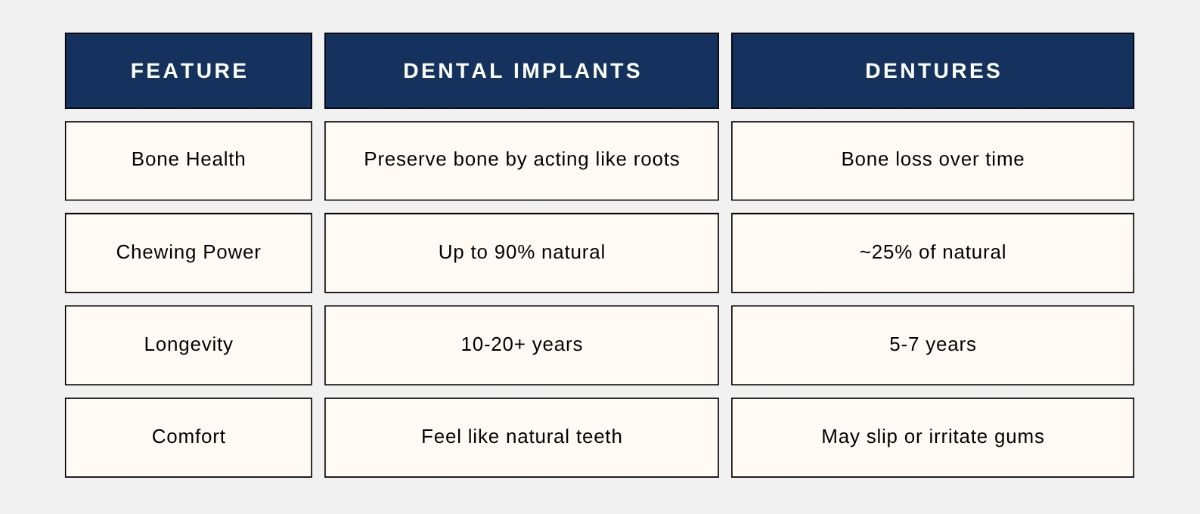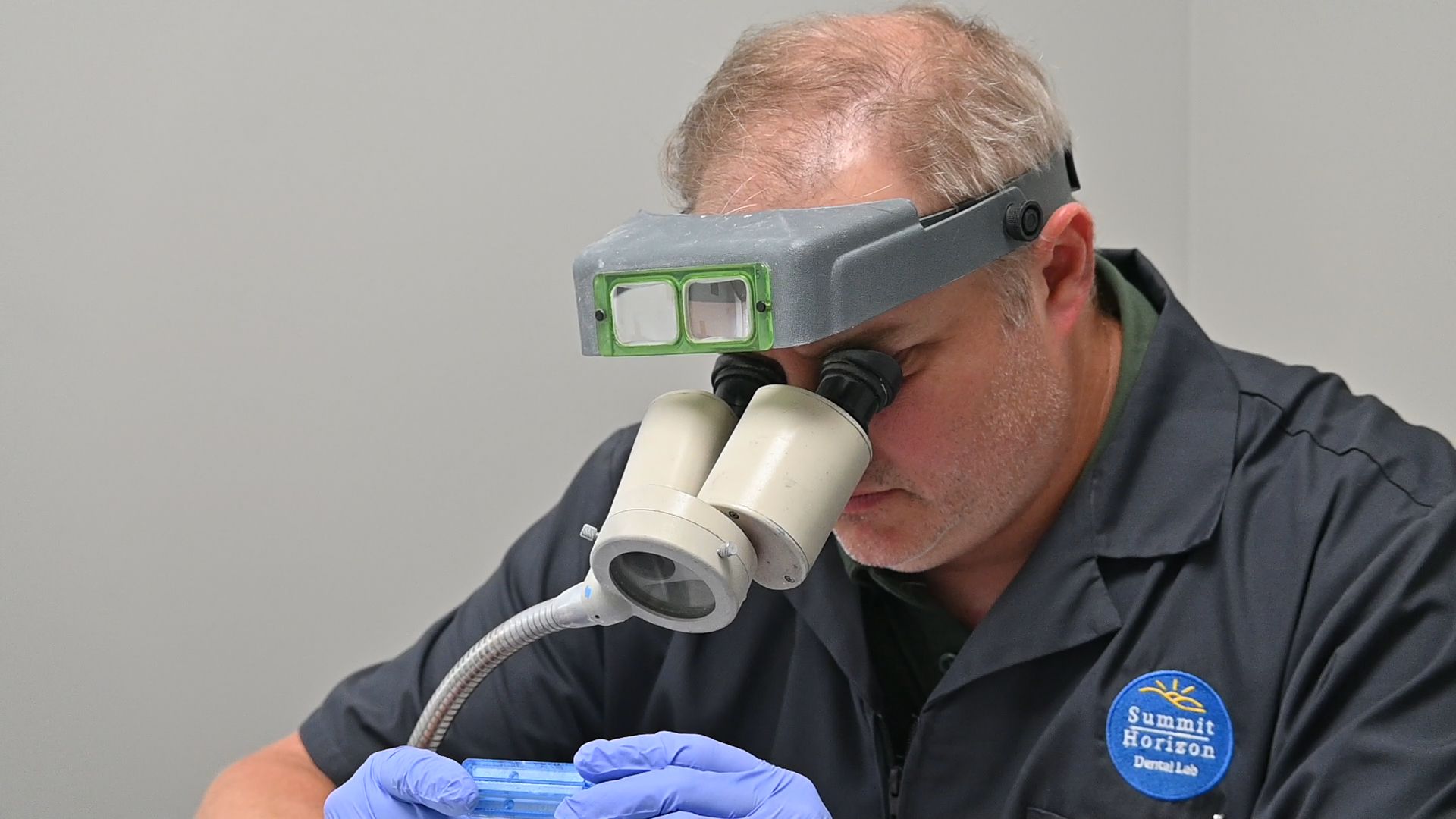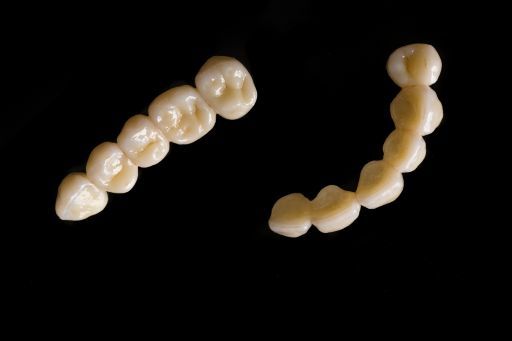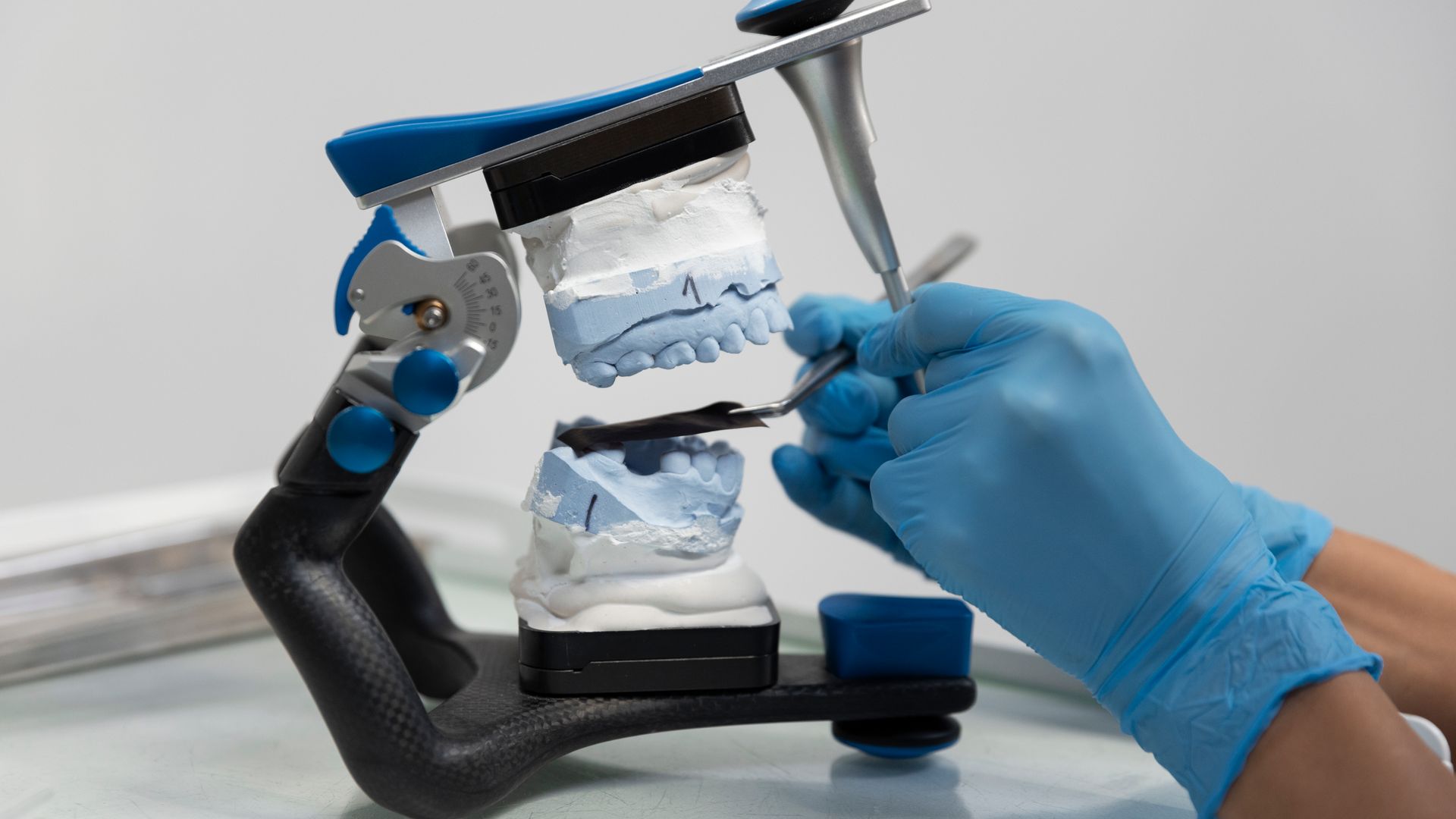Helping Patients Choose Implants vs. Dentures: A Guide for Dentists
Why motivation matters more than the treatment plan
Some patients walk into your operatory convinced dentures are their only option. Others are equally determined to “never wear dentures.” Clinically, both groups may qualify for multiple treatment paths. The difference? Motivation.
Motivation influences not only case acceptance, but long-term satisfaction and compliance. If you can uncover what truly matters to a patient, you can guide them toward the option that protects their health, confidence, and lifestyle.
The 4 Core Patient Motivators for Implants
Most patients fall back on one or more of these motivators:
- Function – The ability to chew comfortably and eat favorite foods.
- Confidence – Smiling, talking, and socializing without embarrassment.
- Comfort – Avoiding sore spots or the hassle of loose dentures.
- Longevity – A solution that lasts, rather than a cycle of repairs and replacements.
👉 Patients rarely say “I want implants.” They say, “I want to eat steak again,” or “I don’t want to look older.” Your role is to connect those motivators to the benefits implants provide.
Step 1: Listen for key motivators
Ask open-ended questions that uncover what patients value most:
- “What foods do you miss being able to eat comfortably?”
- “How do you feel about the idea of wearing dentures every day?”
- “Are you hoping for a one-time solution, or something you’ll replace over time?”
- “When you think about cost, what matters more to you—lowest upfront cost, or the best long-term value?”
Mini Dialogue Example
Patient: “Dentures are cheaper, right?”
Dentist: “They are, up front. But you told me you want to keep enjoying steak and apples. Implants restore almost natural chewing—about 90%—while dentures restore only about 20–25% [Feine & Carlsson, 2003; Healthline, 2024]. That difference matters if eating comfortably is important to you.”
Step 2: Reframe implants around patient goals
- Chewing power: Implants restore up to 90% of natural chewing ability; dentures average only 20–25% (1, 2).
- Bone health: Without roots, the jawbone can lose up to 25% of its volume in the first year after extractions (3, 4). Implants act like roots and prevent that collapse.
- Confidence: Unlike dentures, implants don’t slip or require adhesives when eating, laughing, or speaking.
- Longevity: With proper care, implants routinely last 10–20+ years; many last a lifetime (5). Dentures often need relines or replacement every 5–7 years.
Step 3: Don’t Overlook the Financial Motivator
Cost is often the first objection patients raise, but it can also become a powerful motivator when reframed in terms of value. Dentures may appear less expensive at first, but they often require relines, adjustments, and replacement every 5–7 years. Over the course of 20 years, a patient could go through multiple sets of dentures.
By contrast, implants—though more costly upfront—can last decades with proper care. In many cases, one implant solution outlasts two or three cycles of dentures, meaning fewer replacements, fewer appointments, and fewer disruptions.
Suggested Dialogue
Patient: “Implants are so expensive. Aren’t dentures cheaper?”
Dentist: “Dentures cost less at the start, but they usually need to be replaced several times. Implants are an investment—while they cost more up front, they often last 20 years or more. For many patients, that ends up saving money and avoiding repeat procedures over time.”
Key Takeaway:
Patients motivated by value and long-term investment often respond positively when the cost is framed as avoiding future expenses and inconvenience.
Step 4: Identify who is most motivated for implants
Red-flag motivators that suggest implants align with patient values:
- They dread the thought of dentures: “I can’t picture myself with false teeth.”
- They talk about specific foods: “I want to bite into an apple again.”
- They worry about looking older: “I don’t want my face to sink in.”
- They value quality of life over cost: “I want this done right once.”
Step 4: Use empathy, not pressure
Even if implants are the better clinical choice, patients want to feel respected—not sold to. Try language like:
“Some patients choose dentures, and that works for them. For others, implants feel more natural and allow them to live the way they want. Based on what you’ve told me about avoiding bone loss, I think implants are worth considering.”
Step 5: Support decisions with visuals and comparisons
Patients understand better when they can see the difference. Use:
- Charts/tables showing chewing efficiency (90% vs 25%).
- Before/after photos of patients who transitioned from dentures to implants.
- Bone loss illustrations showing the effect of extractions vs. implants over time.
Patient-Friendly Comparison: Implants vs. Dentures
Use this handout to guide discussions or send home with patients evaluating both options.

👉Download the full Tooth Replacement Options Guide (PDF) for your patients.
FAQs Dentists Can Expect from Patients
Q: “Are implants worth the cost?”
A: Yes. While the initial cost is higher, implants often last decades, while dentures require ongoing relines and replacements. Lifetime value often favors implants.
Q: “Will implants really feel like natural teeth?”
A: Most patients report that implants feel and function like their own teeth, especially compared to dentures.
Q: “Can I get implants if I’ve already lost bone?”
A: Yes, though bone grafting or All-on-X may be needed. Digital planning makes these options predictable.
Q: “What if I’m nervous about surgery?”
A: Modern implant procedures are safe, efficient, and supported by sedation/anesthesia options.
Final Thoughts: Partnering with Your Lab for Success
Many dentists use a visual like this to help patients understand the functional difference between dentures and implants. If you haven’t already,
download the patient handout—it’s a quick, reliable way to guide these conversations and make them easier for everyone involved.
At the end of the day, patients don’t buy implants or dentures—they buy the ability to chew, smile, and live confidently. Your role is to connect each patient’s motivators to the restorative solution that best aligns with their health, lifestyle, and goals.
At Summit-Horizon Dental Lab, we make those conversations and outcomes easier through:
- Digital case planning and design for predictable, efficient results
- Custom implant restorations built for long-term function and esthetics
- Surgical guide coordination that enhances accuracy and confidence
- Dedicated technical support from a responsive, clinically minded team
When your patients say “yes” to implants, you can count on Summit-Horizon to help you deliver on that promise—consistently, across every case.
References
- Chewing function:
- Karkazis HC, Polyzois GL. “Masticatory performance and efficiency with implant-supported overdentures.” J Prosthet Dent. 2020;123(5):748–756. (Supports 80–90% chewing recovery vs ~25% for dentures.)
2. Bone preservation:
- Tan WL, Wong TL, Wong MC, Lang NP. “A systematic review of post-extraction alveolar bone loss.” Clin Oral Implants Res. 2012;23 Suppl 5:1–21. (Meta-analysis: significant bone loss in first 6–12 months.)
- Ríos-Santos JV, et al. “Effect of implants on residual ridge resorption.” Med Oral Patol Oral Cir Bucal. 2021;26(2):e196–e202.
3. Implant survival rates:
- Jung RE, et al. “Systematic review of the survival rate and incidence of biological, technical, and esthetic complications of single crowns on implants reported in longitudinal studies with a mean follow-up of 5 years.” Clin Oral Implants Res. 2018;29(S16):224–236. (5-year survival >95%.)
Share Post
Search Post
Recent Insights






